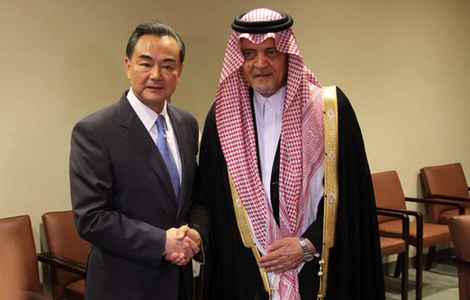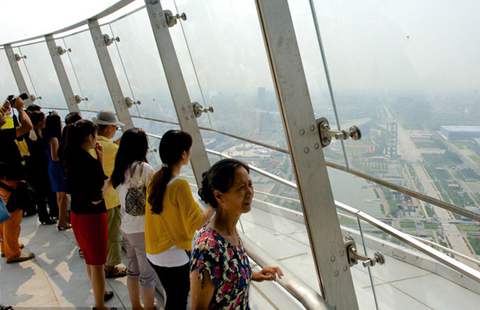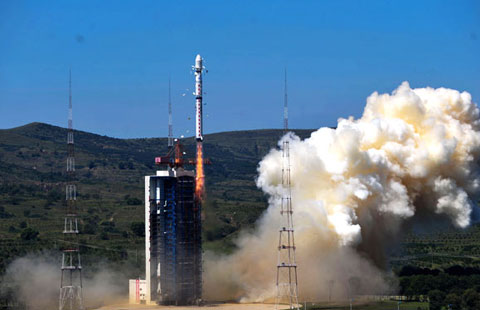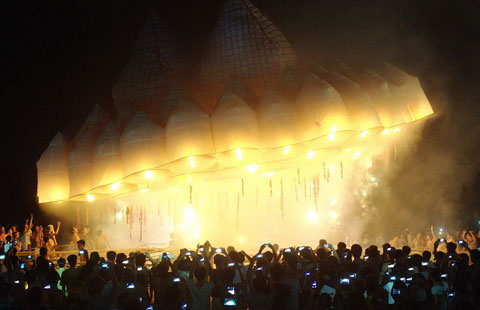Second space lab, new astronauts on the way
Updated: 2014-09-27 07:53
(China Daily)
|
|||||||||
 |
|
Tiangong-1, China's first space lab, has been in orbit for 1092 days since it was launched on Sept 29, 2011. [Photo/IC] |
China will soon have two space laboratories in service and is selecting engineers to join its third batch of astronauts, a senior space official said on Friday.
 |
| Historic space lecture in Tiangong-1 commences |
 |
| First Russian woman lifts off to space station |
"We will closely monitor the lab's condition and arrange experiments for it so that its lifespan can be extended for as long as possible."
Wang said scientists believe that Tiangong-1 is capable of working in space for a considerable period, long enough to await the launch of and cooperation with Tiangong-2, which is due to be put into orbit in 2016.
"Our scientists and engineers are planning some experiments and tests to be performed by the two space labs," Wang said.
He Yu, head of the space laboratory systems research team, said equipment on Tiangong-1 has been so reliable and stable in the past three years that there has been no need to activate backup equipment.
"Our engineers had to shut down the main equipment so that they could test the backups," He said.
Tiangong-1 was launched in September 2011 with a designated lifespan of two years. It has successfully conducted six automatic and astronaut-controlled dockings with the Shenzhou-VIII, Shenzhou-IX and Shenzhou-X spacecraft.
The space lab is evidence of the nation's technology in designing, manufacturing, managing and controlling the low-orbit, long-life manned spacecraft, Wang said.
Zhou Jianping, chief designer of the manned space program, told Xinhua News Agency that the next major step is the launch of Tiangong-2. After this, China's first cargo spacecraft, Tianzhou, will be sent to serve Tiangong-2.
He said Tiangong-2 will be launched from the Jiuquan Satellite Launch Center in the Inner Mongolia autonomous region. It is planned to send the Tianzhou cargo vehicle into space atop the Long March 7 rocket - which is under development - from the new Wenchang Launch Center in Hainan province.
If all goes well, the nation will launch the core module of its space station in 2018, and the station will become fully operational around 2022, Wang said.
zhaolei@chinadaily.com.cn
Most Viewed
Editor's Picks

|

|

|

|

|

|
Today's Top News
Li: Financial reform gains steam
China firmly supports UN peacekeeping: FM
Forum ready to narrow gap in trust
7 officials punished over fatal school stampede
China city bans nepotistic official associations
China to chase corruption suspects abroad
iPhone 6 goes on sale in China's Taiwan
Trade zone's new gold board 'gets off to slow start'
US Weekly

|

|
















